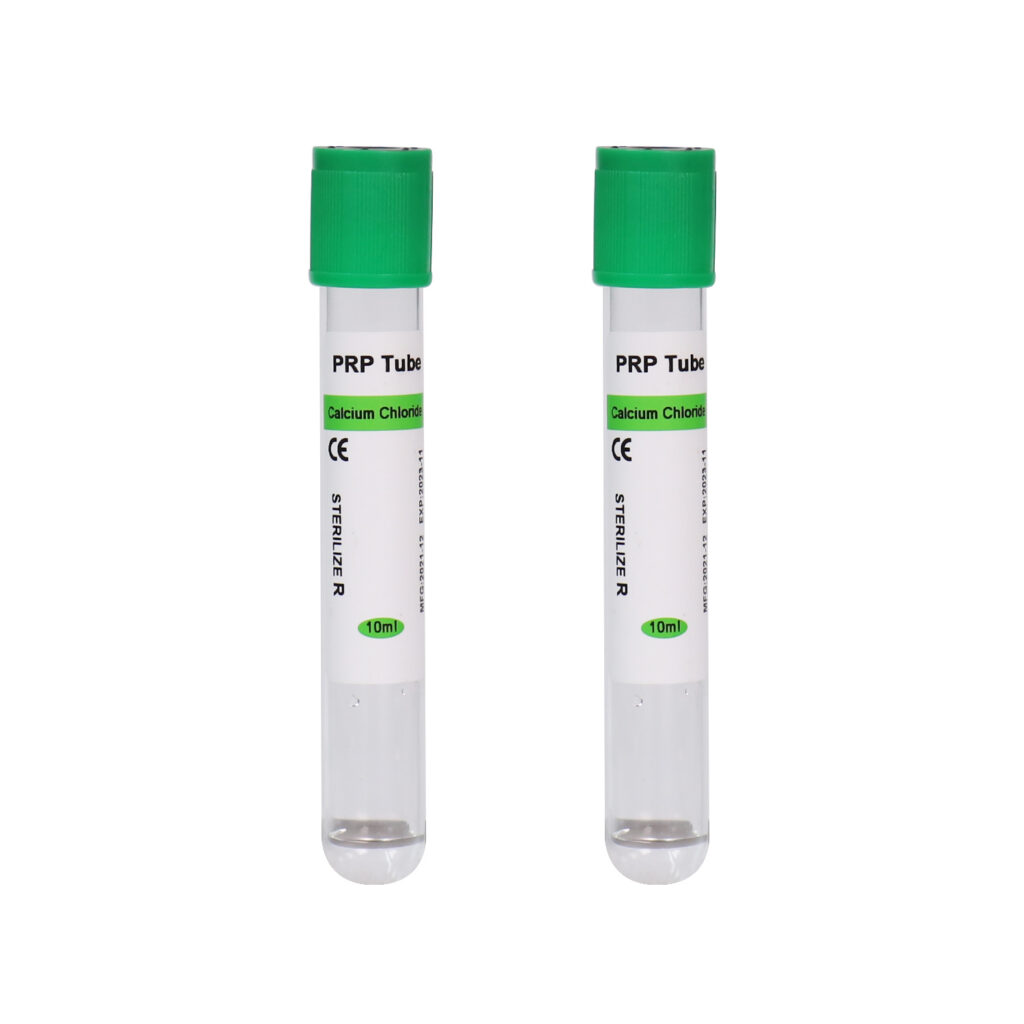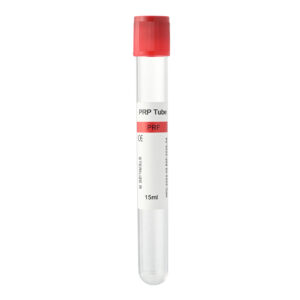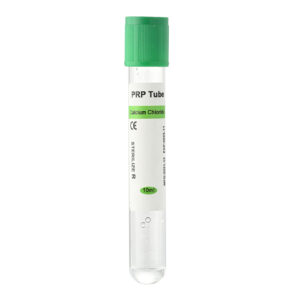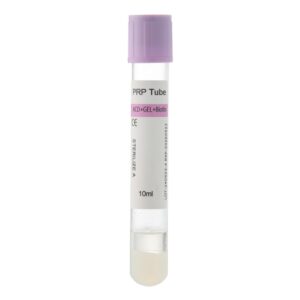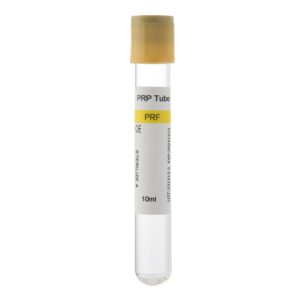PRP postoperative treatment and nursing. PRP (Platelet-Rich Plasma) therapy is a modern medical treatment that utilizes the patient’s blood platelets to promote tissue repair and regeneration. Platelets are rich in growth factors that can accelerate cell regeneration and repair. It can improve skin condition, promote hair regeneration, treat joint diseases, and accelerate recovery from sports injuries.
PRP Treatment Process
The PRP treatment process typically includes the following steps:
- Blood Collection: A certain amount of blood, usually 20-50 milliliters, is drawn from the patient’s arm vein. This process is similar to a routine blood test and does not cause significant discomfort.
- Centrifugal Separation: The collected blood is centrifuged for high-speed spinning. Red blood cells, white blood cells, and plasma are separated through centrifugal separation. The platelet-rich plasma is then extracted for subsequent treatment.
- PRP Preparation: The extracted plasma is further processed to concentrate the platelet content. The concentrated PRP is rich in various growth factors essential for tissue repair and regeneration.
- Injection Therapy: Finally, the prepared PRP is injected into the target area, such as the face, scalp, joints, or damaged soft tissue. The entire process typically takes 30 minutes to an hour.
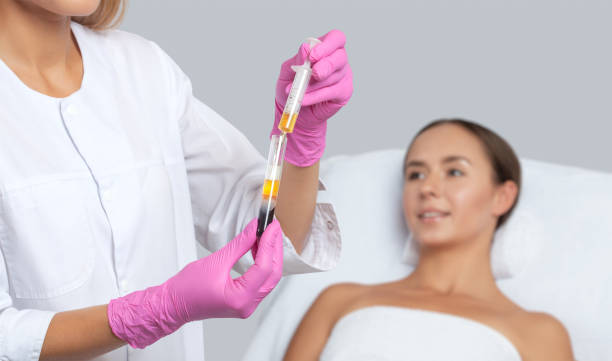
PPRP Postoperative Treatment and Nursing
Post-treatment care is crucial for ensuring the effectiveness of PRP therapy and the patient’s comfort.
Skin Rejuvenation and Anti-Aging Care
PRP is commonly used for facial rejuvenation, wrinkle reduction, and skin texture improvement. Post-treatment care includes:
- Avoid Using Cosmetics and Skincare Products: Refrain from using cosmetics or skincare products, especially those containing active ingredients (e.g., Vitamin C, retinol, fruit acids), for at least 24 hours after treatment to avoid skin irritation.
- Keep the Treated Area Clean: Clean the treated area with warm water, avoiding vigorous rubbing. Use non-irritating cleansing products.
- Avoid Sun Exposure and High-Temperature Environments: Since the skin becomes sensitive post-treatment, avoid sun exposure, saunas, steam baths, and hot showers for a week. Use high-SPF physical sunscreen and wear hats or umbrellas when outdoors.
- Use Moisturizers: To aid skin recovery, use fragrance-free, non-irritating moisturizing products. Keeping the skin hydrated helps accelerate the healing process.
- Avoid Strenuous Exercise: Refrain from strenuous activities for a few days post-treatment to reduce the risk of sweating and infection.
Joint and Soft Tissue Injury Care
For joint and soft tissue injury treatments, PRP post-care focuses on pain management and functional recovery:
- Rest and Avoid Overexertion: Avoid putting pressure on or engaging in strenuous activities involving the treated area for 48 hours post-treatment. Gradually resume normal activities and follow the doctor’s recommendations for rehabilitation training.
- Use Cold Compresses: Apply ice packs (no more than 20 minutes at a time) to reduce swelling and pain in the first few days post-treatment.
- Wear Braces or Supports: According to the doctor’s advice, wearing braces or supports may be necessary to stabilize the injured area and aid recovery.
- Follow Rehabilitation Plans: Adhere to the guidance of your physician or physical therapist for rehabilitation exercises, which are crucial for restoring normal function to joints and soft tissues. Avoid premature weight-bearing exercises to prevent secondary injury.
Hair Regeneration Care
PRP is injected into the scalp for hair regeneration treatment to activate hair follicles and promote hair growth. Post-treatment care should include:
- Gentle Care: Use mild shampoos a week post-treatment, avoiding sulfate and other irritant products. Do not use styling products like hair gel or mousse.
- Avoid Scalp Irritation: Refrain from dyeing, perming, and straightening hair, as well as tight hairstyles (e.g., high ponytail braids) until the scalp has fully healed. These practices may irritate the scalp and affect the treatment results.
General Post-Treatment Precautions
- Monitor Treatment Response: Minor redness, mild pain, and bruising are normal post-treatment and typically resolve within a few days. If symptoms worsen or you experience severe swelling, persistent pain, or fever, contact your doctor immediately.
- Avoid Smoking and Alcohol: Smoking and alcohol can impair blood circulation and tissue healing. Avoid these activities for a period post-treatment.
- Maintain a Healthy Lifestyle: A balanced diet, adequate sleep, and moderate exercise contribute positively to post-treatment recovery and overall health.
- Regular Follow-Ups: Attend follow-up appointments to monitor treatment outcomes and receive necessary subsequent treatments or care as your doctor advises.
Conclusion
While PRP therapy is relatively safe, patients should adhere to professional medical advice and schedule regular follow-ups to monitor treatment effects. Inform your doctor of any discomfort or abnormal symptoms, such as persistent pain, swelling, or fever. When choosing a medical facility, opt for experienced physicians and well-equipped clinics to ensure the safety and efficacy of the treatment.
In summary, as an innovative regenerative medical treatment, PRP therapy offers significant benefits across various fields. Proper post-treatment care not only aids in quicker recovery but also maximizes the therapeutic potential. We hope this guide helps you better understand PRP therapy and its related post-treatment care.

